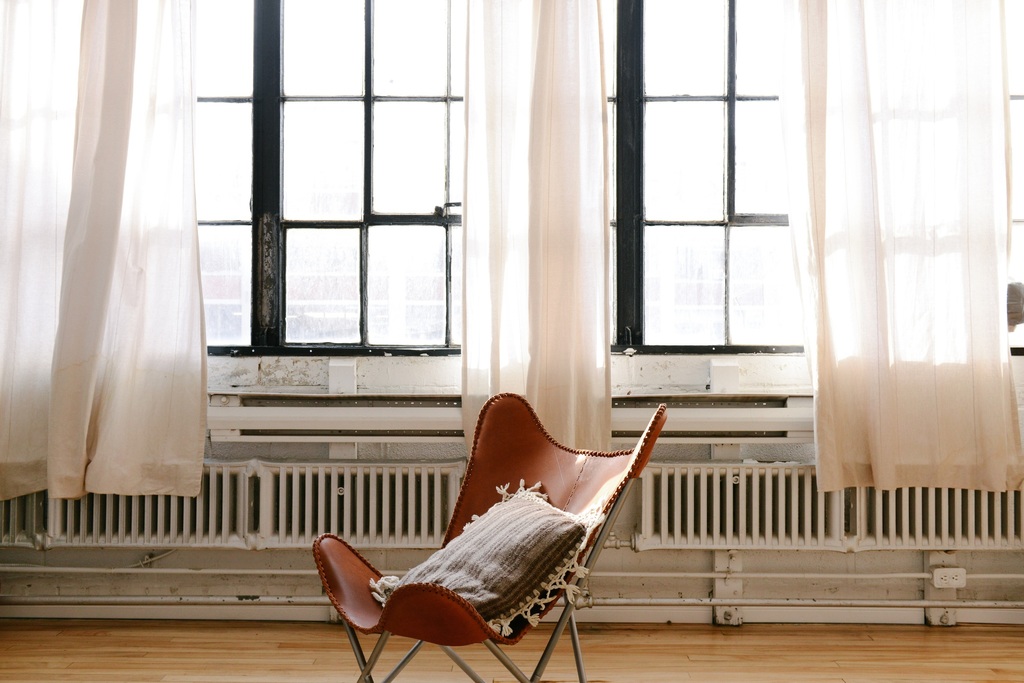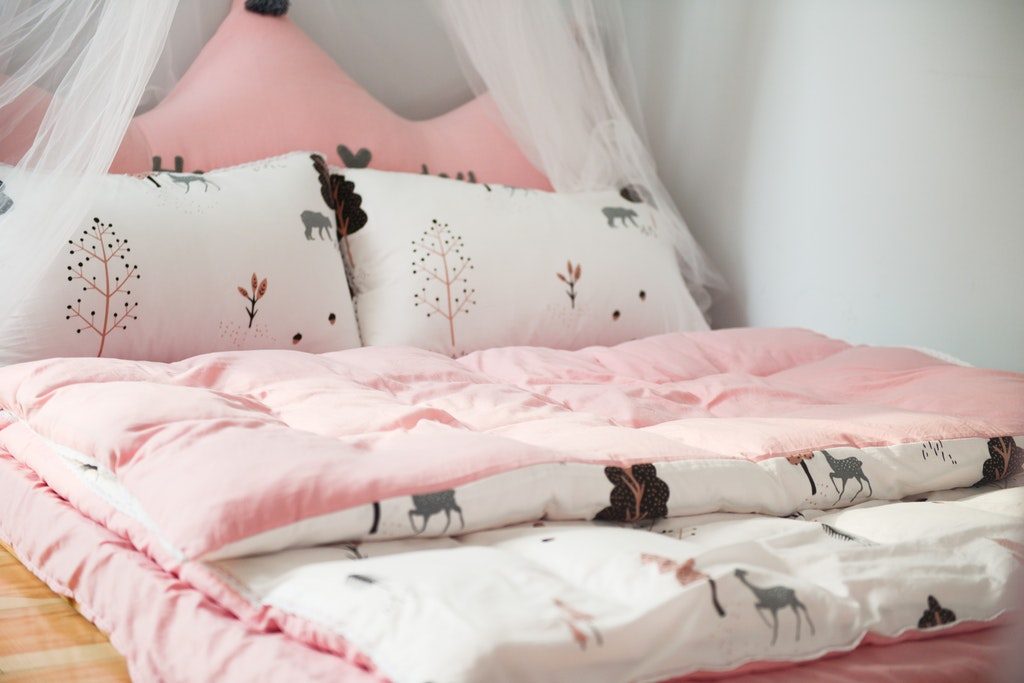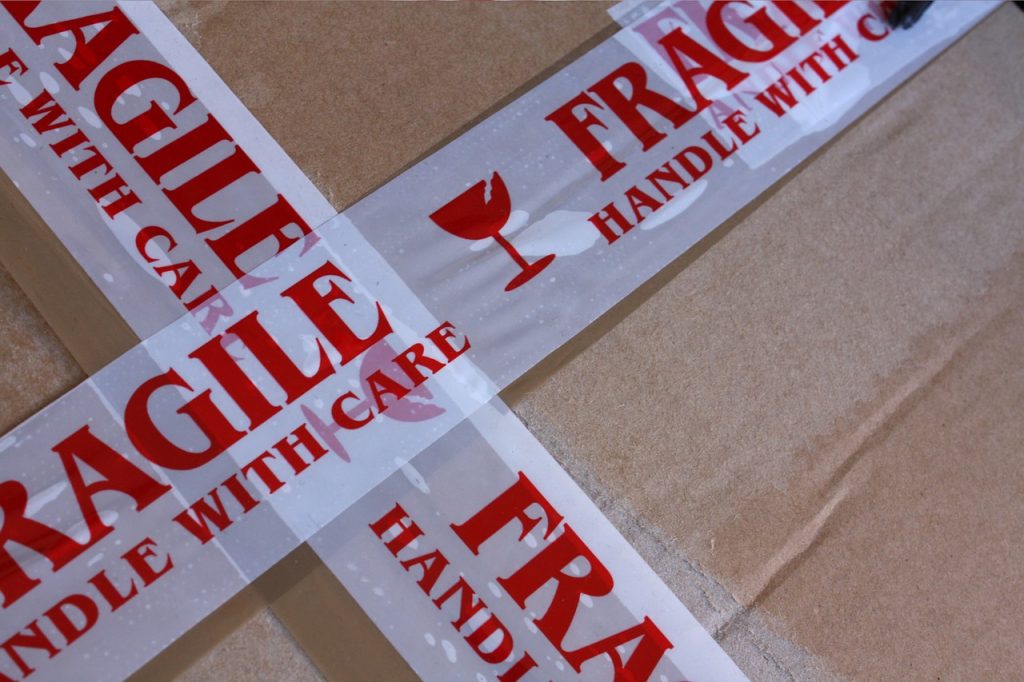
Checklist For Moving Into Your New Apartment
Getting ready to move to a new apartment can be hectic. If you want to avoid repeated trips back to your old place, you need to get organized. Below is a brief checklist that can help you make your move a little easier.
Get Moving Supplies
Start your moving process by getting moving supplies. While it’s generally easy to remember to get boxes, don’t forget to pick up tape and markers. These items are going to be a necessity as you move, so make sure to grab extra supplies. Make it a point to put your moving supplies where you can see them, so they don’t get lost before you move.

Make Moving Arrangements
Make your moving arrangements early. If you’re going to hire local or cross-country movers, let them know at least a week in advance. If you’re counting on friends, make sure that you reserve your truck early and that you have back-up plans made in case someone gets hurt or sick before your moving date. The more time you give yourself, the better things will turn out.
Start Packing
Once you’ve got your arrangements set, make sure that you’ve packed everything up. It’s often good to go room by room so that you don’t miss anything. Make sure to double-check closets and cabinets before you move out. Keep a few extra boxes handy on moving day just in case you forget something.
Pack a Suitcase
Make sure to pack an overnight bag. Put in all the items you’ll need to live for a few days so that you don’t have to unpack all of your boxes as soon as you move in. Though it’s not always necessary, doing this can save you a great deal of time and let you relax a bit when you’re done with a long move.
Clean the Apartment
Most apartments require you to clean before you move out. Make sure to clean the carpets and floors, to scrub down the bathrooms, and to clean in the hard-to-reach places that you might have ignored in the past. Remember, any area you forget to clean will likely cause you to get charged by your landlord.
Arrange for a Walkthrough
Your last step in your old apartment should be to arrange a walkthrough with your landlord. Don’t rely on him or her to take stock of any damage without you. You want to ensure you get your security deposit back.
Plan Your Move-In
Once the day arrives, make sure you have all of your boxes organized and ready to go. Ideally, all the packing should be done before the first box needs to be on the truck. Double-check that all of your plans before will still work, and then get moving.

Get Your Keys
Your final step is to get your keys to your new place. When you move in, make sure to walk through the new apartment and take pictures of any damage. You’ll want to share this with the landlord as soon as possible, so you don’t get charged when you move out.
Once you’ve finished this check-list, you can start unpacking. Moving is usually hectic, but that doesn’t mean it has to be disorganized. If you can keep track of what needs to be done, you’ll be able to get into your new apartment with less stress.





